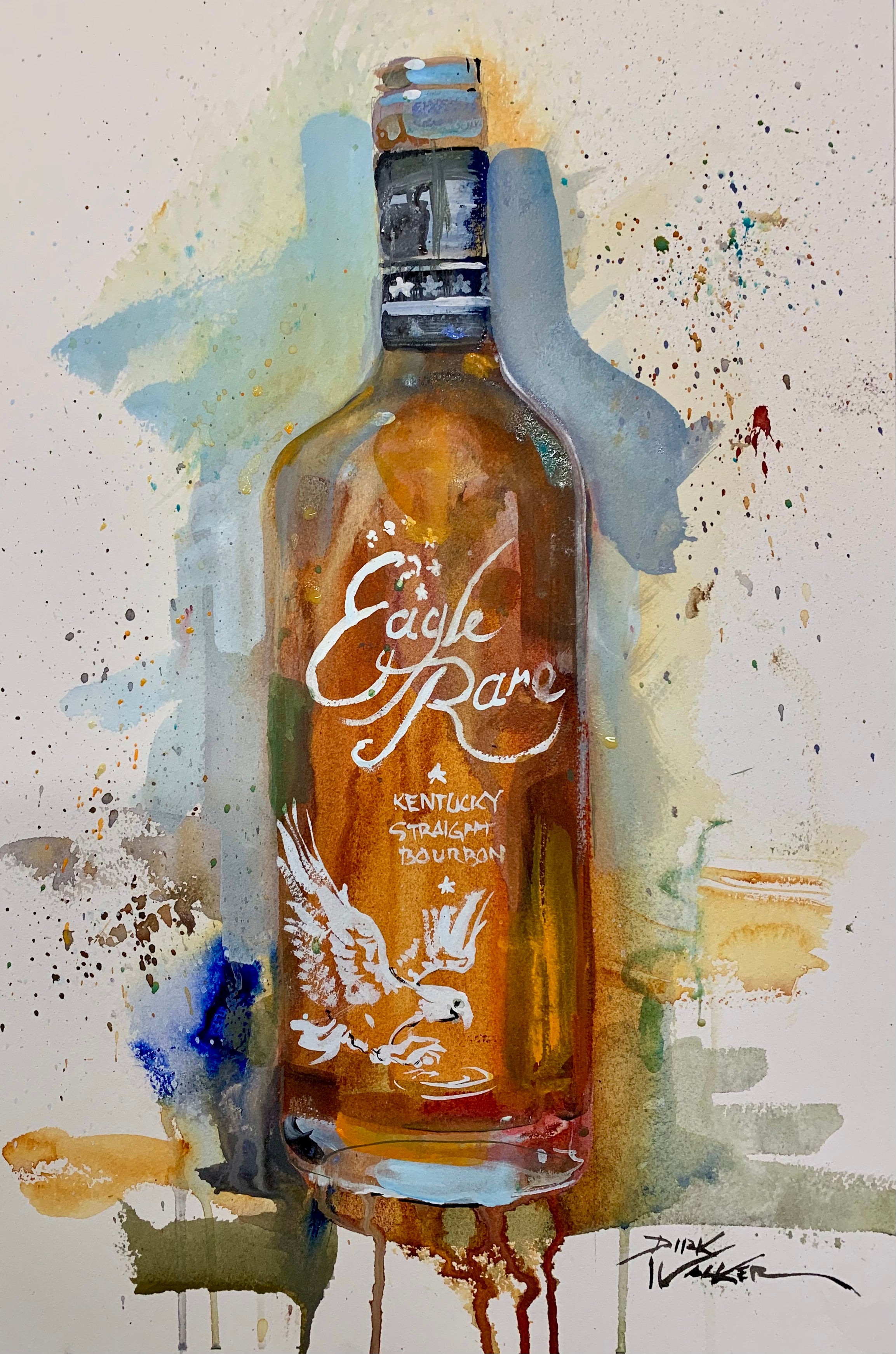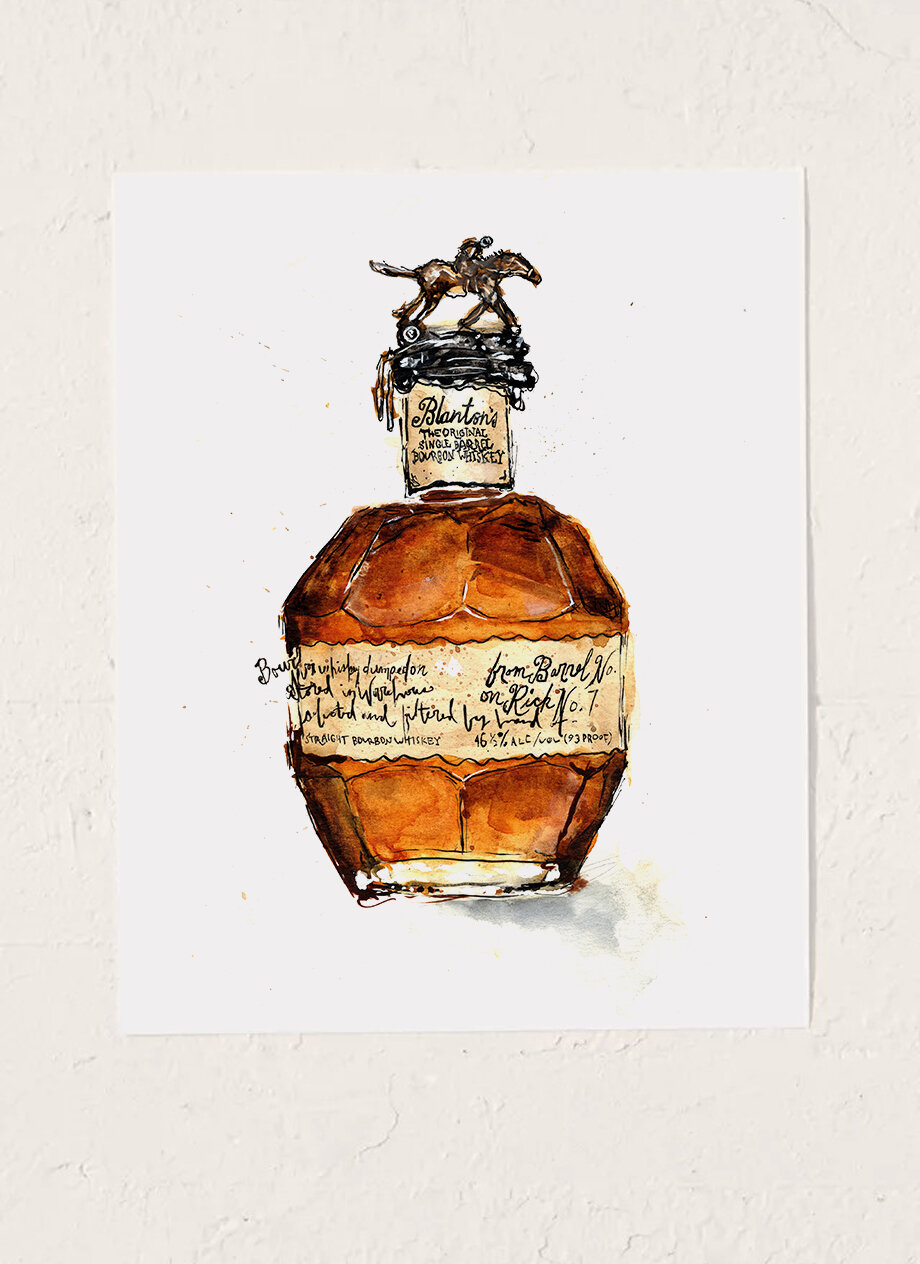Capturing the Significance of Scotch Art Via Special Aesthetic Representations and Designs
The art of whiskey extends beyond the fluid itself, showing up through a variety of visual depictions that envelop its fabled heritage and workmanship. What remains to be uncovered is how these developing designs show not just the bourbon itself yet also the changing landscape of artistic interpretation. Whiskey Art.
The Background of Scotch Art

As bourbon production spread, so as well did the need to elevate its experience through art. From the complex inscriptions on early casks to the intricate labels of contemporary containers, each element mirrors an unique imaginative vision, working as a visual story of the scotch's heritage.
In the 18th and 19th centuries, the rise of the commercial transformation even more boosted bourbon art, leading to ingenious product packaging and advertising and marketing that recorded consumer attention. Artists and designers started exploring with aesthetics, imbuing whiskey-related imagery with symbolic meanings that communicated concepts of custom, workmanship, and neighborhood.
Today, scotch art continues to develop, blending conventional methods with contemporary art forms. Bourbon Art. This ongoing discussion in between the spirit and its aesthetic representation underscores the enduring bond in between scotch and society, improving the general experience for lovers worldwide
Iconic Bottle Designs
While several variables add to the appeal of whiskey, iconic container styles play a critical role fit customer understanding and enhancing the total experience. The visual presentation of bourbon containers is not merely a visual factor to consider; it acts as a bridge in between the item and the consumer, evoking emotions and establishing expectations.
Distinct forms, products, and closures can raise a scotch brand's identification, making it promptly identifiable on crowded racks. For example, the timeless Glenfiddich container, with its elegant conical silhouette, shares a sense of practice and craftsmanship, while the vibrant, contemporary layout of the Balvenie bottle mirrors advancement and sophistication. Moreover, the use of colored glass or one-of-a-kind structures can recommend the quality and character of the scotch within.
Famous designs frequently integrate components of cultural heritage, representing the brand name's background and link to its roots. Brands like Jack Daniel's use an uncomplicated, robust design that resonates with its American scotch heritage. Inevitably, the impact of bottle style prolongs past plain functionality; it encapsulates the essence of the brand, inviting consumers to discover and delight in the rich tapestry of bourbon society.
Label Artwork and Branding
Bottle designs frequently set the stage for what customers can anticipate, yet tag artwork and branding play a similarly considerable role in communicating a whiskey's identification. The tag works as the initial factor of get in touch with between the item and the consumer, encapsulating the significance of the bourbon within its aesthetic aspects.
Effective tag art work integrates images, typography, and color to produce a narrative that reverberates with the brand's heritage and target audience. For circumstances, a tag including intricate images and vintage fonts may evoke a feeling of tradition and workmanship, attracting connoisseurs. In comparison, bold shades and modern layout components might draw in a more youthful demographic looking for technology and enjoyment.


Digital Photography and Visual Storytelling
Capturing the essence of scotch via digital photography and aesthetic storytelling is an art type that boosts the brand experience. This medium goes beyond mere product depiction, delving right into the intricate narratives that surround each bottle. By investigate this site utilizing compelling imagery, digital photographers can stimulate feelings that reverberate with customers, inevitably building a much deeper link to the bourbon brand name.
Aesthetic storytelling in whiskey photography commonly makes use of abundant structures, illumination, and structure to highlight the special attributes of the spirit. The interaction of light and darkness can highlight the amber shades of whiskey, while the choice of history components-- such as rustic barrels or classy glass wares-- can enhance the brand name's heritage or way of life associations.
Furthermore, capturing the ceremonial facets of scotch usage, from the pouring to the sampling, welcomes customers into a sensory experience, allowing them to imagine the tastes and fragrances that await. Each photograph not just showcases the item however also narrates of craftsmanship, tradition, and the minutes that bourbon can improve - Whiskey Art. Thus, digital photography ends up being a powerful device in verbalizing the identity of bourbon brands, positioning them within the more comprehensive cultural landscape
Arising Patterns in Whiskey Art
The development of bourbon art is increasingly formed by modern trends that show more comprehensive societal changes and customer preferences. This shift not just highlights the importance of sustainability however additionally enhances the narrative bordering bourbon production.
Furthermore, electronic art has actually surged in popularity, permitting cutting-edge representations of scotch. Musicians are leveraging modern technology to craft immersive experiences, such as augmented truth setups that involve viewers and offer a much deeper understanding of bourbon's cultural relevance. This fad additionally reaches social networks systems, where aesthetically striking web content amasses focus and fosters community among lovers.
In addition, cooperations in between bourbon brand names and artists are becoming much more prevalent. These partnerships produce limited-edition packaging styles and special artworks that celebrate both the craftsmanship of whiskey and the creativity of artists. As whiskey art continues to evolve, these emerging fads will certainly shape its future, fostering a dynamic junction of society, sustainability, and modern technology within the bourbon neighborhood.
Final Thought
In final thought, the art of scotch encompasses a varied selection of aesthetic depictions that show its rich heritage and craftsmanship. From famous container layouts and complex tag artwork to engaging digital photography, each component adds to a wider story that improves the consumer's experience. As emerging trends, such as electronic art and sustainability, continue to shape this creative landscape, the diverse identification of scotch remains a withstanding resource of social connection and exploration.

In final thought, the art of scotch encompasses a varied selection of aesthetic representations that reflect its rich heritage and workmanship.